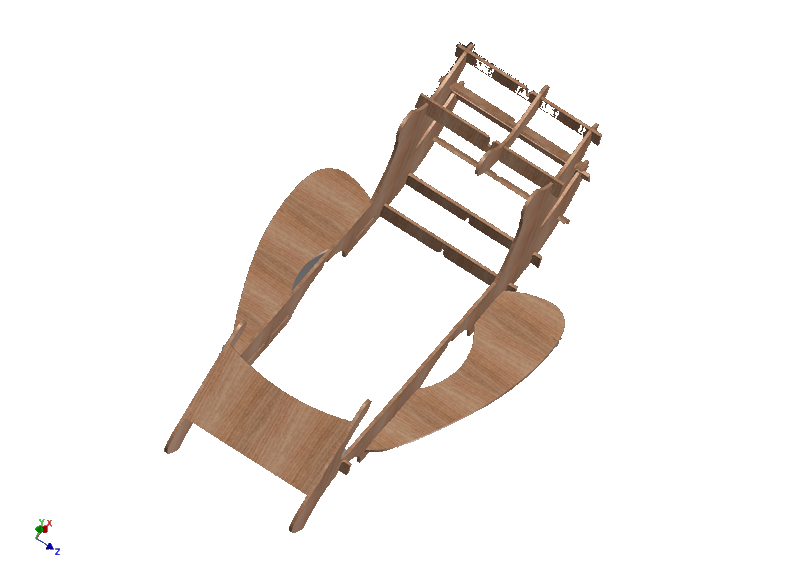PROCESS
In my assignment 01 there is a sketch of my final project that I modeled here.
This part of the job was very interesting because I spent a lot of time learning about how to use the sowtwares Inventor and Rhinoceros to built 3d models.
>>> TESTING SOFTWARES
After tested some softwares as INVENTOR, RHINOCEROS and SCUPTRIS my conclusion was:
SCULPTRIS
Level: easy
Pros: anyone can create digital characters and toys very easily
Cons: being focused to create free shapes you can not create shapes or surface with measures or more sophisticated things.

RHINOCEROS
Level: intermediate
Pros: you can create volumes from 2D shapes, it is easy to add or cut volumens
Cons: you can not limit or parameterize the measures, you need a plugin called grasshopper.

INVENTOR
Level: easy-intermediate
Pros: perfect for mechanical structures and assembly. You can parameterize the measures
Cons: it is not easy to add or cut volumens


So I used INVENTOR for most of my project.
>>> CREATING DIGITAL MODEL
Before to create digital modelings you need to sketch with approximate measurements like my classmate Omar Aguilar to understand very well the shapes and proportions.
In my case I used a Gastoncito's old toy car to have its measures as reference.
Here is the 2D models:
 After draw I converted 2D in 3D using the Extrude tool and considering I could use a 11mm plywood.
After draw I converted 2D in 3D using the Extrude tool and considering I could use a 11mm plywood.












